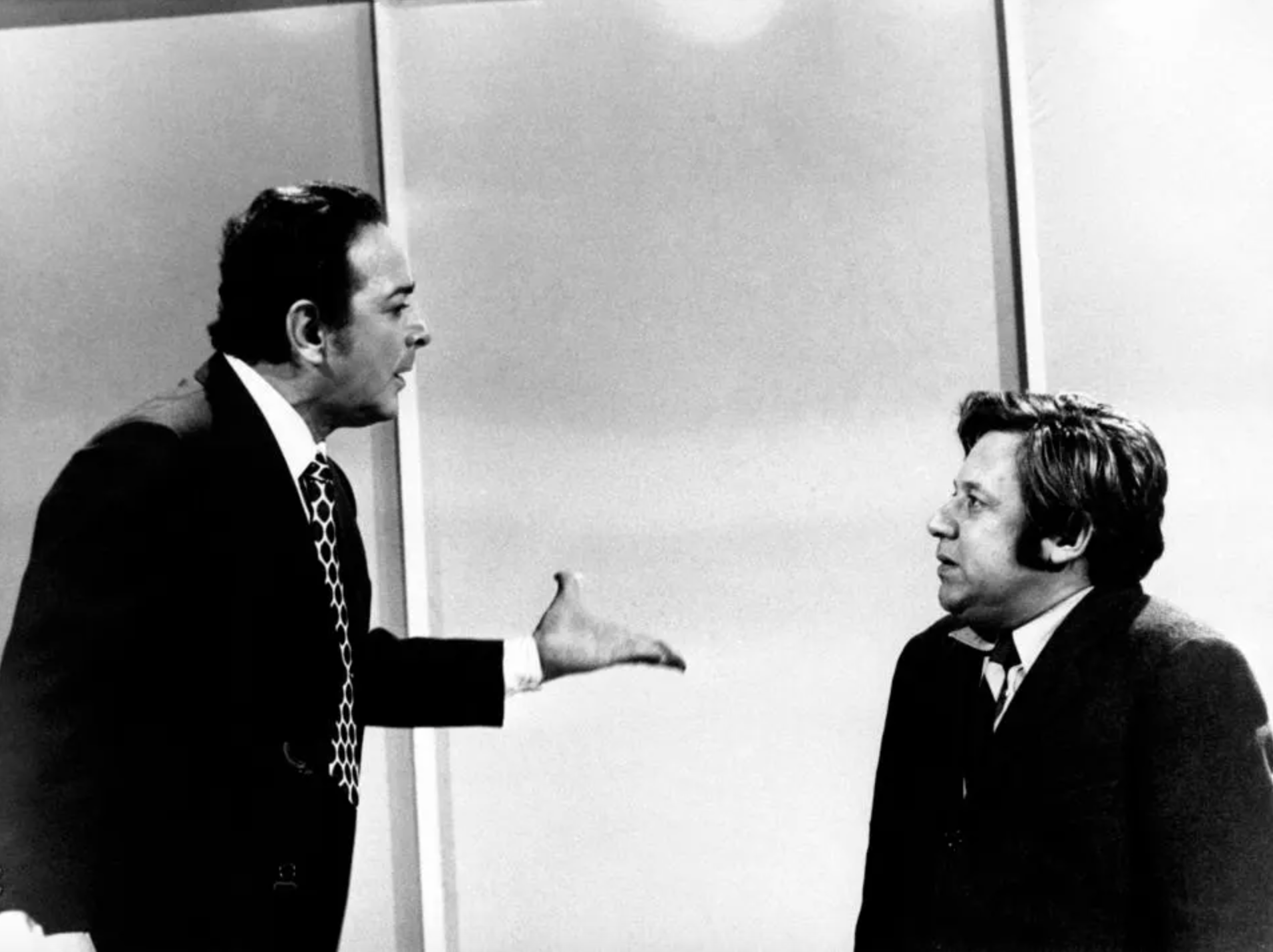Oct 26, 2023
Feedback can be one of the most effective tools in business communications and management. Why is it so awkward?
At its best, feedback builds trust, models two-way communication, and encourages all team members. So, what’s the problem? Many people take any feedback as personal criticism and resist hearing it. In business relationships, often due to hierarchy and office politics, people avoid giving constructive feedback out of fear.
Robert Allen’s idea that, “There is no failure. Only feedback,” is frequently applied to engineering and design. It reinforces the idea that all information is useful in reaching a goal. The concept of fixed versus growth mindsets was defined by Stanford Professor Carol Dweck, who suggested,“A company that cannot self-correct cannot thrive.” Read more about applying a growth mindset in business here:
So let’s get better at feedback. Feedback is most helpful when it is specific, and actionable. In any feedback session there will be elements of what worked well and what needs improvement. There are ways to deliver both while keeping the emphasis on learning and improvement.
Imagine a Sandwich: Positive-Negative-Positive
Ending the session on a positive note acts as a call to action – here is what we need to do going forward. Everyone returns to work energized.
Keep it Short and Simple
Whether you have one session for feedback, or many, break the presentation down into manageable “bite-size” pieces. Don’t wander off-topic so as not to overload the presenter with too much information at once. Check for understanding after each suggestion. Just ask someone training for their first marathon, 26.2 miles seems impossible, but running one more mile at a time is achievable.
Inviting the recipient to react and ask questions will prevent misunderstandings that can spiral out of control. It reinforces that your approach is constructive, and not critical. Feedback sessions will be open and ongoing if the dialogue is presented in manageable portions.
Communication is a Two-Way Street
Remember, as uncomfortable as the recipient may be in anticipating feedback, if you are uncomfortable giving it, you must prepare. You may have brilliant ideas and suggestions, but they will be lost if not conveyed clearly and respectfully. Rehearse what you are going to say until you feel you can deliver the message comfortably.
Practicing will also help you identify rough spots that need smoothing out, or places where you start to feel your pulse quicken in anticipation of conflict. Listen to that physical cue: it tells you that you need to slow down or revise your approach. Even when giving live feedback, you still have time to take a breath and choose words carefully.
In conclusion, a business relationship should be more valuable than any one speech or presentation, so when giving feedback, it is worthwhile to fine tune your delivery style. Practice for both the giver and recipient is key. Repetition will normalize feedback cycles and lessen the stress for both participants. Acclaimed author Simon Sinek suggests that feedback can be made part of a winning corporate culture.
When you have built a positive culture around giving and receiving feedback, you may agree with a client who once said, “If feedback is a gift, then I feel like I’ve lived through a week of Christmas!”
Follow me on LinkedIn. Check out some of my other work here and purchase my book here.





